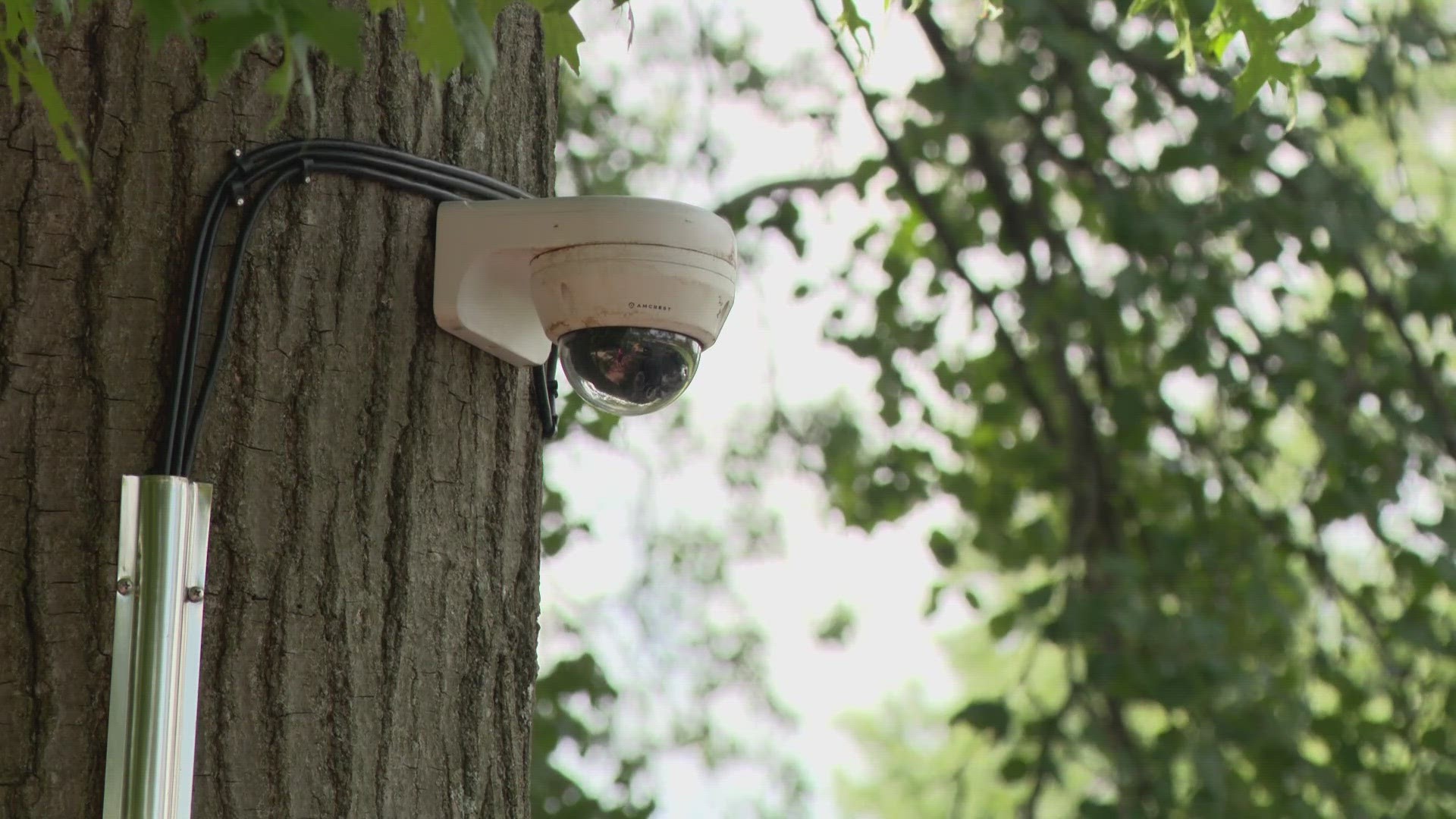ST. LOUIS — St. Louis Hills residents will decide Tuesday if they are willing to pay higher taxes for technology and more manpower their neighborhood association leaders say will make their slice of south St. Louis safer.
As of Monday, 142 cameras cover the 1.1-square-mile community, and an off-duty police officer patrols and manages the alerts the cameras send out at night. It costs between $100,000 to $150,000 a year, according to Tom Scheifler, who chairs the neighborhood association’s Safety Committee.
Scheifler is also a software engineer who developed the camera program, and he says, the neighborhood still needs more.
“We don't have a camera for every block yet in our neighborhood,” he said. “Ultimately, that's the goal, is to have at least one camera per block.”
Scheifler said every neighborhood can bring cameras to their community, and he’s on a mission to help spread the word.
“Any neighborhood in St. Louis City can look at doing a neighborhood watch program using security cameras, even if they can't afford a security officer, an off-duty officer,” he said. “There are opportunities for private and public funding for these kinds of programs. I'm sure that if the alderperson and the state rep[resentative] and the politicians supported these efforts, we can find funding for neighborhoods who might otherwise have difficulty.”
The a la carte version of the program St. Louis Hills has would include cameras only, which volunteers can monitor in their homes and call 911 should a security alert the cameras send prove it’s appropriate.
“We need our city’s 911 system to work, too,” Scheifler added, noting delays due to dispatcher shortages have discouraged some residents from even calling to report crime.
Police say the system in St. Louis Hills was recently crucial in getting a suspected child predator identified quickly.
Clear surveillance cameras caught multiple images of the suspect from different angles, which police then sent out publicly and were able to make an arrest.
“It's really good that our neighborhood as a community was able to assist the police in that effort,” Scheifler said.
The cameras are a small portion of the cost of the St. Louis Hills safety program, Scheifler said.
It’s the manpower – the hourly wage to pay a police officer for extra patrols and responding to alerts the cameras send that costs the most, he said.
He said he recently attended a neighborhood meeting in Ward 13 of north St. Louis. He said he nodded in agreement as leaders there opened the discussion complaining about car break-ins, too much trash, and slow to no response from police and 911 services.
“We have those same things here too,” Scheifler said. “The cameras can see the crime in progress, but we have to get our 911 service to work.”
He said it’s also too early to tell whether the system is reducing crime in St. Louis Hills.
“But we have proven that the officer can get the alerts, identify a criminal activity and respond immediately to disrupt that activity, and that keeps it from continuing to the next block and the next block and the next block,” he said. “To a lot of residents, that's a win."
“It's not victory, but we have many wins along the way to suggest we should keep going with this with this security initiative,” he said.
Scheifler said anyone who wants more information about how to get a security program going in their community can contact him at safety_committee@stlhills.com.

